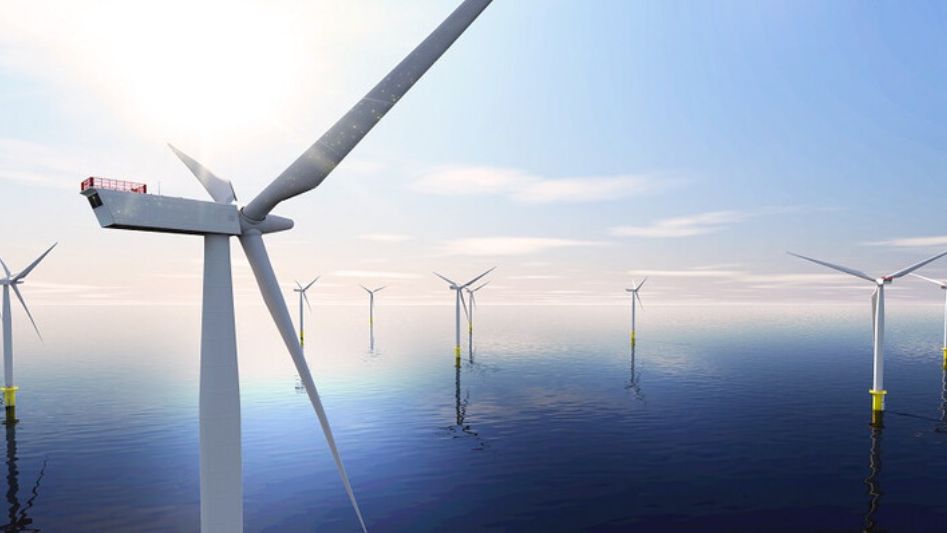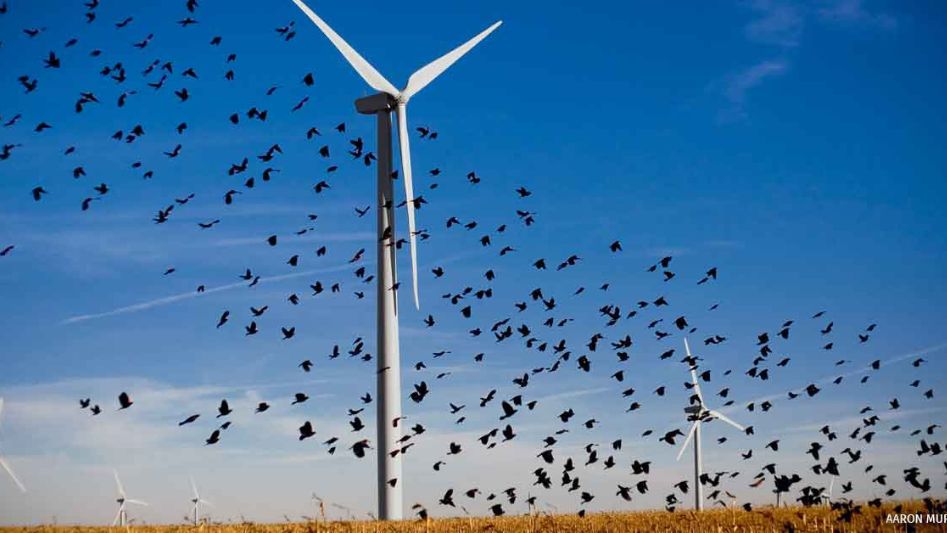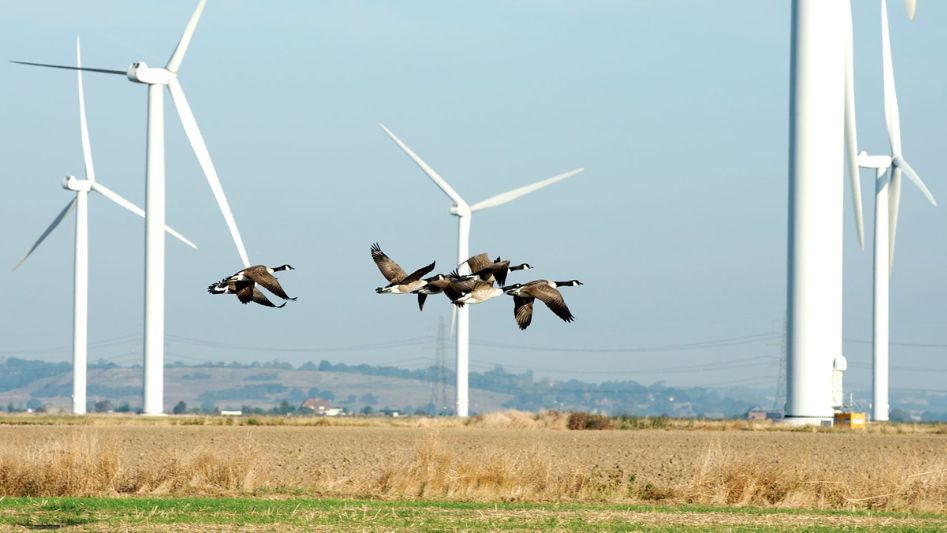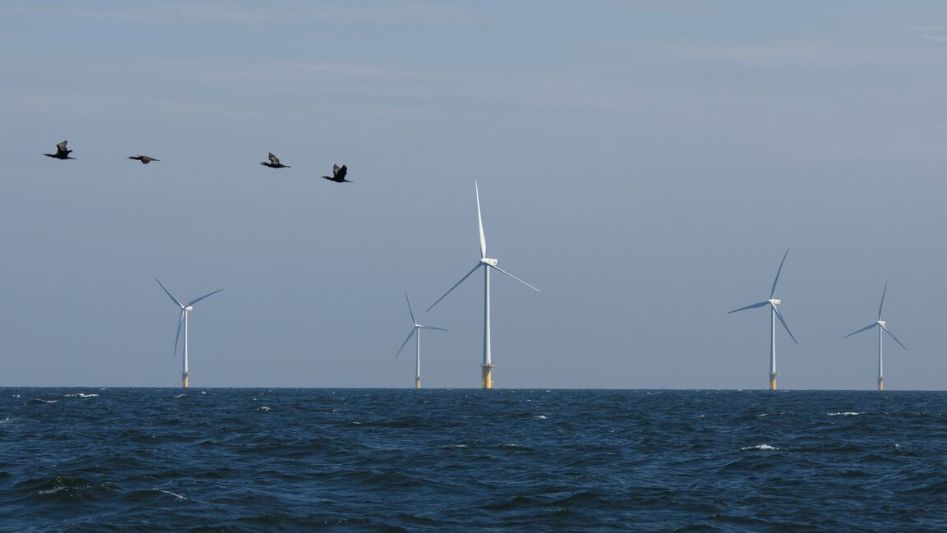The Dutch government has recently implemented an extraordinary initiative to protect migratory birds, as they have taken the unprecedented step of temporarily halting the operation of offshore wind turbines. This move signifies a significant commitment to environmental conservation, as the Netherlands strives to balance the need for renewable energy with the preservation of precious wildlife. In this article, we will delve into the details of this groundbreaking decision, exploring the reasons behind it and the potential impact on both migratory bird populations and the renewable energy sector.
Table Of Content
We invite you to read: “Record-Breaking Onshore Wind Turbine Introduced by Chinese Manufacturer”

Bird Migration Patterns and Offshore Wind Turbines
The decision to suspend offshore wind turbines stems from a deep understanding of bird migration patterns. Migratory birds often travel long distances, relying on specific routes and stopover sites to rest and refuel. Unfortunately, these routes can intersect with areas where wind farms are established, leading to a higher risk of bird collisions with the turbine blades. By temporarily halting the turbines, the Dutch government aims to minimize the potential harm to migratory birds during their essential journeys.
Collaborative Research Efforts
To gain comprehensive insights into the impact of offshore wind turbines on migratory birds, the Dutch government is actively engaging in collaborative research efforts. By working closely with environmental organizations, ornithologists, and other experts, the government aims to collect and analyze data related to bird behavior, flight patterns, and turbine collision risks. This interdisciplinary approach will provide valuable information for developing effective strategies to protect migratory birds while continuing to harness the potential of renewable energy.
Evaluating Bird-Friendly Technologies
During the temporary halt in offshore wind turbine operations, the Dutch government plans to explore and evaluate innovative technologies that are designed to make these structures more bird-friendly. This involves studying modifications such as the use of radar systems, specialized lighting, and turbine shutdown mechanisms when birds are detected in the vicinity. By investing in research and development, the government aims to identify and implement measures that can significantly reduce bird collisions, making offshore wind energy more sustainable.
Public Awareness and Education
Raising public awareness about the importance of migratory bird conservation and the impact of offshore wind turbines is crucial. The Dutch government understands the need to educate citizens and stakeholders about the complex challenges faced by both the renewable energy sector and migratory bird populations. By promoting understanding and fostering dialogue, the government hopes to garner support for its conservation efforts and encourage the adoption of sustainable practices in all sectors.
We invite you to read: “Protecting Wildlife: Dutch Set Global Precedence with Offshore Wind Farms Shutdown for Migratory Birds”

Mitigating Economic Impacts
The temporary halt in offshore wind turbine operations undoubtedly has economic implications, considering the significance of renewable energy in the Dutch energy mix. To mitigate these impacts, the Dutch government is actively working to ensure that renewable energy targets are still met through alternative means during this period. By exploring options such as increased solar energy production or expanding onshore wind farms, the government aims to maintain progress towards a sustainable and greener future.
Engagement with International Partners
Given the global nature of bird migration, the Dutch government recognizes the importance of engaging with international partners to tackle this issue collectively. By sharing knowledge, best practices, and research findings, the Netherlands aims to contribute to a broader global effort in protecting migratory birds from the hazards associated with renewable energy infrastructure. Collaborative initiatives and information exchange can lead to more effective solutions and a greater positive impact on bird conservation worldwide.
We invite you to read: “Giant Turbines vs. Radical Designs: The Battle for the Future of Wind Power”

Conclusion
The Dutch government’s decision to temporarily halt offshore wind turbine operations is a remarkable and groundbreaking step towards protecting migratory birds. By prioritizing conservation efforts and engaging in collaborative research, the Netherlands demonstrates its commitment to sustainable development and biodiversity preservation. This move not only highlights the importance of mitigating the impact of renewable energy infrastructure on wildlife but also sets a precedent for other countries to follow in their pursuit of a greener and more bird-friendly future
FAQ
Why has the Dutch government decided to temporarily halt offshore wind turbines?
The Dutch government aims to protect migratory birds, as these birds face an increased risk of collisions with wind turbine blades.
What are the potential risks to migratory birds posed by offshore wind turbines?
Migratory birds may collide with the spinning turbine blades, resulting in injury or death. These collisions can disrupt migration patterns and impact bird populations.
How will the Dutch government assess the impact of offshore wind turbines on migratory birds?
The government plans to conduct collaborative research efforts involving environmental organizations and experts to collect and analyze data on bird behavior and turbine collision risks.
What measures will be implemented to make offshore wind turbines more bird-friendly?
The Dutch government will evaluate technologies such as radar systems, specialized lighting, and turbine shutdown mechanisms to reduce bird collisions and make wind energy more sustainable.
You May Also Like
- Wind Energy and Sustainable Transportation: A Perfect Match
- The Relationship between Wind Energy and Climate Resilience
- The Advantages and Challenges of Wind Energy Storage
- The Advantages and Disadvantages of Large-Scale Wind Energy Projects
- A Guide to Offshore Wind Farm Development and Construction

